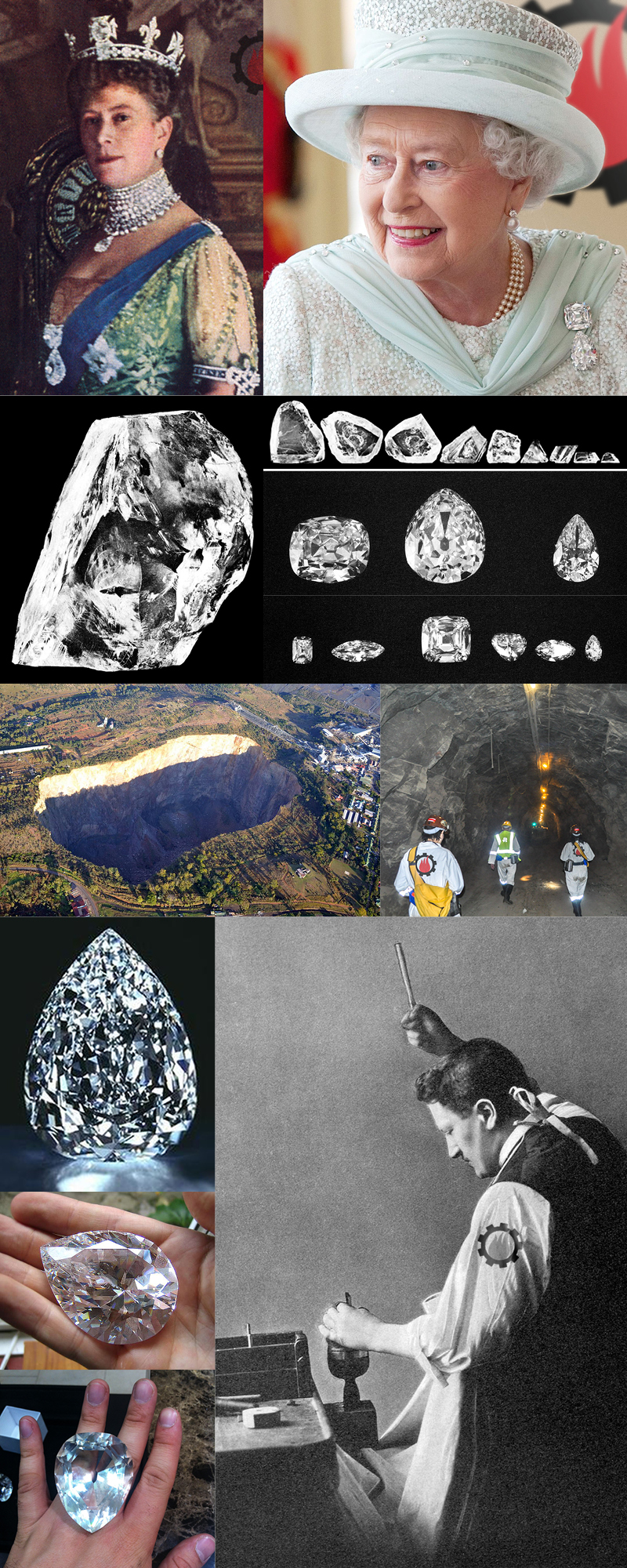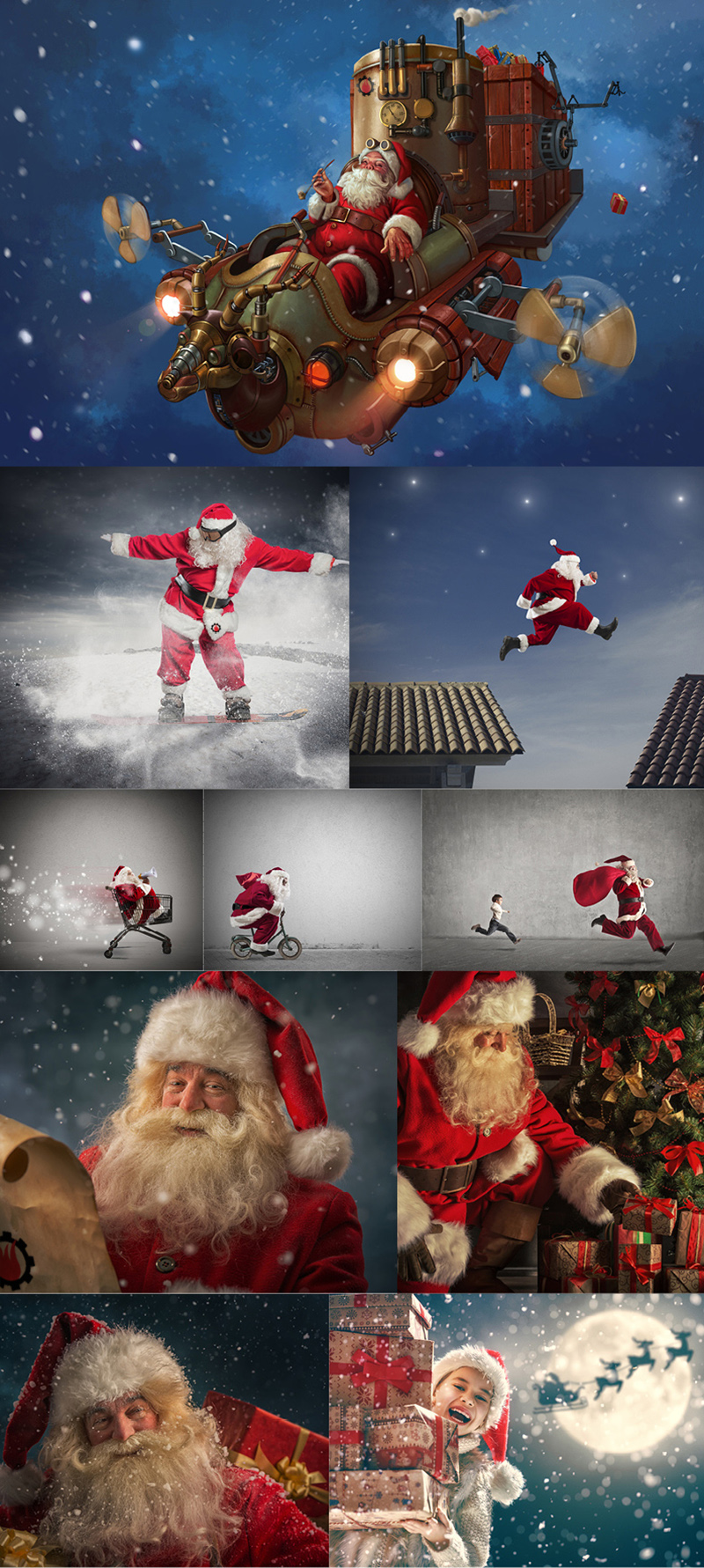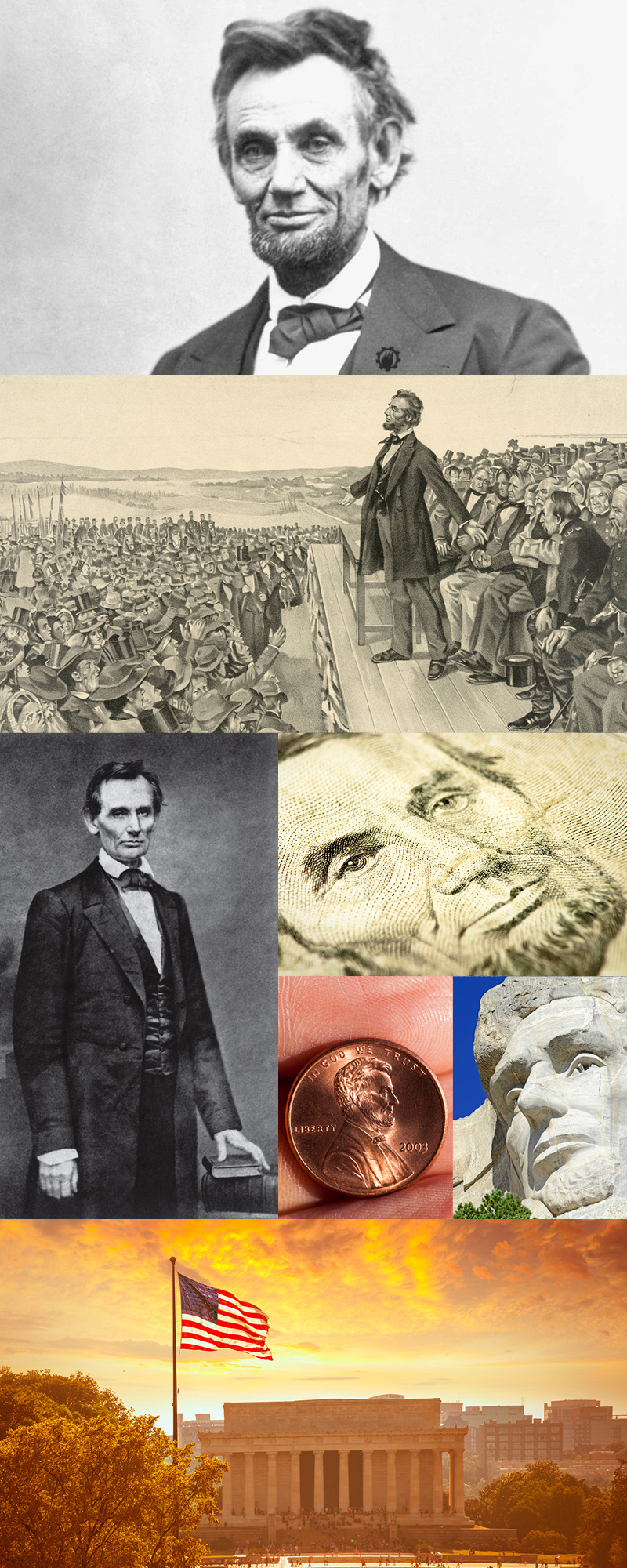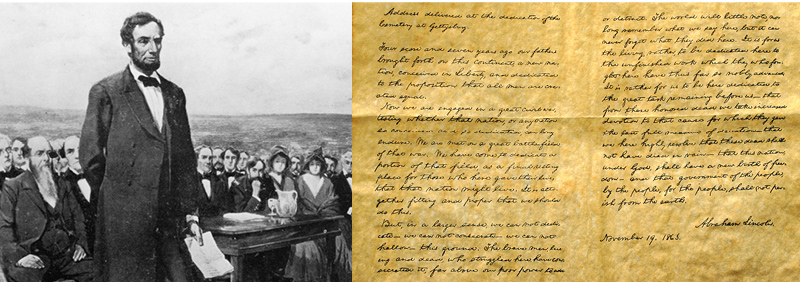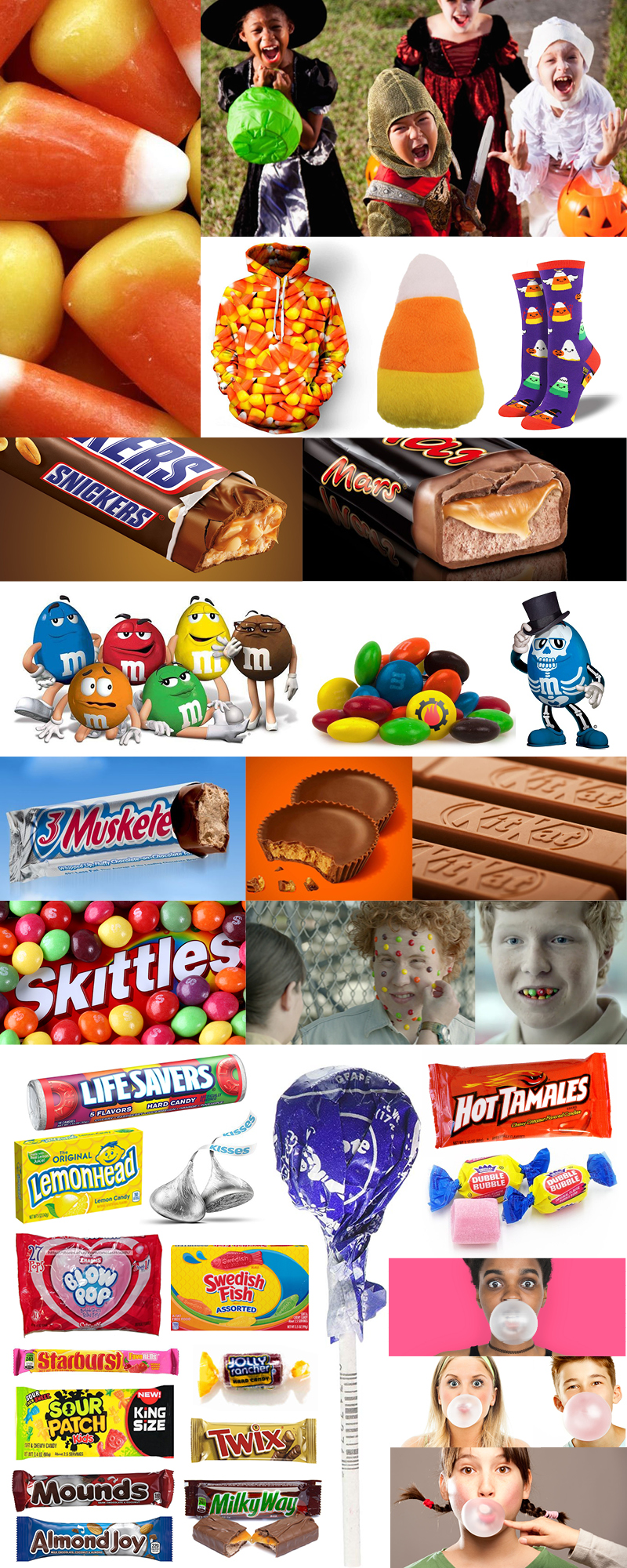
It used to be that finding answers meant going to the library. No more, my friend! Even a seven year old at can find the answers to anything. A-N-Y-T-H-I-N-G. For better or worse, we can all find answers to our questions in an instant. (bottom two rows) There are the kids, Larry Page and Sergey Brin, at their garage office in Palo Alto where they moved the company from their Stanford dorm room. The boys today. Google headquarters sign in Mountain View, CA.
Over the weekend I was on the laptop, digging around for some information to help me on a project. It’s was so easy to type in my questions, or just words to “search”, and BOOM, tons of options appear instantly on the screen. It got me to thinking about search and the history of Google, and I found out that Google is celebrating twenty years in existence (how can that be??). Google of course was an outcome of great research and experimentation by scientists and programmers who came before them. For fun, “google” the term “inventor of search” and the world’s most popular search engine will, unexpectedly, fail you. Nowhere among the algorithmically organized results will you find the names of the two men who, in the fall of 1963, sent the first known long-distance computer query (six years before Arpanet) and long before the launch of the world-changing Google. Here’s some fun facts, surprising trivia and a bit of history. Thanks Smithsonian, Wikipedia and Google for your amazing products. Enjoy!

Here’s a fun site Goggle has set up where you can venture back in time and see the most popular search topics by year (and more).
- The story starts when Doug Engelbart began the Augmented Human Intellect Program at Stanford Research Institute, Menlo Park, California. In June 1962 Charlie Bourne, who had been a student of Engelbart’s at the University of California Berkeley in 1957, joined the AHI team. In 1963 Bourne started work on a project funded by US Air Force Electronic Systems Division to investigate remote online computer access to databases. The total funding was $39,000, which was quite a sizeable project in 1963.
- Charles Bourne (a research engineer) and Leonard Chaitlin (a computer programmer) built the first online search engine, then referred to as automated information retrieval. At the time, retrieval was physical, capturing data stored on punch cards. Bourne’s vision was a user could search for any word in the files, much the same way Google works today, using a Q-32 computer developed by Systems Development Corporation. The Q-32 was one of the first computers to support online remote access and computer-to-computer communication.
- The database consisted of seven memos typed onto punched paper tapes and then converted to magnetic tape. Chaitlin drove to Santa Monica, some 350 miles away, and input the files onto a massive military computer. From a bulky computer terminal with a screen just 32 characters wide, they sent a “search” query (the precise question is lost to history). The data lurched over a telephone line and after some time, the answer popped up, proving that online search was possible.
- Despite the success, the project was shut down. The inventors later said, “We just didn’t know what it would become. You really couldn’t imagine, at that time, doing a lot of things with a computer.”
- Google, worth hundreds of billions, took two men with a big dream to turn a small idea into a reality and has made a significant contribution to how the world uses the internet. Larry Page and Sergey Brin were both PhD candidates when they met in 1996 at Stanford and came up with the concept for a search engine that they named BackRub. One year later, in 1997, they renamed it Google.com and officially registered as a domain name. A man named Milton Sirotta was responsible for coming up with the term from which Google was derived (googol – refers to the number 1 with 100 zeros following it).
- The main aim of both men was to organize all of the information that could possibly be gathered around the world and present it in the form of an index. When the team received its first $100,000 check, Page and Brin moved the operation to a garage in Palo Alto.
- Over the years millions of webmasters have tried their best to obtain a high PageRank, which is one of many indicators of the ‘authority’ and ‘link weight’ of any given website, however the term itself was only patented in September 2001 by the Google team. PageRank was an integral part of the core algorithm upon which the Google search engine operated, enabling it to ‘rank’ sites according to authority. It was in the same year that Larry Page, the namesake of PageRank, stepped down as CEO and Eric Schmidt took his place.
- The web-based email service that is now commonplace to Gmail fans was launched in 2004 and it quickly began to outrank the services being offered by companies such as Microsoft and Yahoo. The storage capabilities were set at 1 GB – a storage capacity that was unheard of at the time. 2004 was also the year that Google Earth was launched which allowed the earth to be mapped to the desktop using satellite imagery.
- In 2005, Google joined up with NASA to produce Google Moon and Google Mars in which two applications allowed individuals to navigate both entities from the comfort of their own computers. The project was brought to fruition after a 1 million sq ft development center was built within the Ames Research Centre.
- In 2006, Google Video was introduced to the public, and users were able to search for videos, rather than be restricted to content, through the search engine. This is the same year that the company acquired YouTube, which has in a very real sense become a massively popular ‘alternative’ search engine in its own right. In addition, the very popular Google Docs service was launched.
- Today, Google is estimated to have around well over 50% of the market share for search engines with Yahoo! as its closest rival. The search engine gets more than 1 billion search requests each day, and with the incorporation of Google Ads, every click makes the company money. The business is now a household name, and there is no telling where or how they plan on expanding in the future; after all, for Google, the sky is no longer the limit.
TEST YOUR USER EXPERIENCE AND MEMORY

Before Google, came a host of web crawling “engines” – see how many you remember.
WebCrawler (1994). Of all still-surviving search engines, WebCrawler is the oldest. Today, it aggregates results from Google and Yahoo.
Lycos (1994). Born out of Carnegie Mellon University and still alive today. Also owns several other nostalgic Internet brands, including Angelfire, Tripod, and Gamesville.
AltaVista (1995). This was one of the most popular search engines in the 1990s, but was acquired by Yahoo in 2003 and subsequently shut down in 2013.
Excite (1995). One of the most recognizable brands back in the 1990s, but has since fallen out of the spotlight.
Yahoo (1995). Definitely one of the strongest pre-Google brands to still exist today. In fact, according to Alexa, Yahoo was the 4th most globally-visited website in June 2015. Impressive!
Dogpile (1996). It has a terrible brand name, but maybe that’s what made it memorable. Today, Dogpile aggregates results from Google, Yahoo, and the Russian search engine, Yandex (which is also older than Google!).
Ask Jeeves (1996). This engine was unique due to its question-and-answer format, plus it had a memorable mascot in Jeeves the Butler. Sadly, Jeeves was eventually phased out and the site rebranded to Ask.com. (Not to be confused with AskBoth.)
SEARCH ENGINE EVOLUTION TIMELINE
1990
Pre-web search engine
The Archie search engine, created by Alan Emtage, Bill Heelan and J. Peter Deutsch, computer science students at McGill University in Montreal, goes live. The program downloads the directory listings of all the files located on public anonymous FTP (File Transfer Protocol) sites, creates a searchable database of a lot of file names.
1991
Pre-web search engine
The rise of Gopher (created in 1991 by Mark McCahill at the University of Minnesota) leads to two new search programs, Veronica and Jughead. Like Archie, they search the file names and titles stored in Gopher index systems. Veronica (Very Easy Rodent-Oriented Net-wide Index to Computerized Archives) provides a keyword search of most Gopher menu titles in the entire Gopher listings. Jughead (Jonzy’s Universal Gopher Hierarchy Excavation And Display) is a tool for obtaining menu information from specific Gopher servers.
1992
Virtual library of the web
Tim Berners-Lee sets up the Virtual Library (VLib), a loose confederation of topical experts maintaining relevant topical link lists.
1993
June
First web robot
Matthew Gray produces the first known web robot, the Perl-based World Wide Web Wanderer, and uses it to generate an index of the web called the Wandex. However, the World Wide Web Wanderer is intended only to measure the size of the web rather than to facilitate search.
1993
Sept.
First web search engine
W3Catalog, written by Oscar Nierstrasz at the University of Geneva, is released to the world. It is the world’s first web search engine. It does not rely on a crawler and indexer but rather on already existing high-quality lists of websites. One of its main drawbacks is that the bot accesses each page hundreds of times each day, causing performance degradation.
1993
Oct.
Second web search engine
Aliweb, a web search engine created by Martijn Koster, is announced. It does not use a web robot, but instead depends on being notified by website administrators of the existence at each site of an index file in a particular format. The absence of a bot means that less bandwidth is used; however, most website administrators are not aware of the need to submit their data.
1993
Dec.
First crawler and indexer
JumpStation, created by Jonathon Fletcher, is released. It is the first WWW resource-discovery tool to combine the three essential features of a web search engine (crawling, indexing, and searching).
1994
Jan.
New web search engine
Infoseek is launched.
1994
Mar.
New web search engine
The World-Wide Web Worm is released. It is claimed to have been created in September 1993, at which time there did not exist any crawler-based search engine, but it is not the earliest at the time of its actual release. It supports Perl-based regular expressions.
1994
April
New web search engine
The WebCrawler search engine, created by Brian Pinkerton at the University of Washington, is released. Unlike its predecessors, it allows users to search for any word in any webpage, which has become the standard for all major search engines since.
1994
April
New web directory
Yahoo! launches its web directory. Yahoo! would not build its own web search engine until 2002, relying until then on outsourcing the search function to other companies.
1994
July
New web search engine
Lycos, a web search engine, is released. It began as a research project by Michael Loren Mauldin of Carnegie Mellon University’s main Pittsburgh campus.
1995
New web directory
LookSmart is released. It competes with Yahoo! as a web directory, and the competition makes both directories more inclusive.
1995
Dec.
Natural language queries
Altavista is launched. This is a first among web search engines in many ways: it has unlimited bandwidth, allows natural language queries, has search tips, and allows people to add or delete their domains in 24 hours.
1996
Jan.
New web search engine
Larry Page and Sergey Brin begin working on BackRub, the predecessor to Google Search. The crawler begins activity in March.
1996
May
New web search engine
Inktomi releases its HotBot search engine.
1996
Oct.
New web search engine
Gary Culliss and Steven Yang begin work at MIT on the popularity engine, a version of the Direct Hit Technologies search engine that ranks results across users according to the selections made during previous searches.
1997
April
Natural language search
Ask Jeeves, a natural language web search engine, that aims to rank links by popularity, is released. It would later become Ask.com.
1997
Sept
New web search
The domain Google.com is registered. Soon, Google Search is available to the public from this domain (around 1998).
1997
Sept
New search(non-English)
Arkady Volozh and Ilya Segalovich launch their Russian web search engine yandex.ru and publicly present it at the Softool exhibition in Moscow. The initial development is by Comptek; Yandex would become a separate company in 2000.
1998
June
New web directory
Gnuhoo, a web directory project by Rich Skrenta and Bob Truel, both employees of Sun Microsystems, launches. It would later be renamed the Open Directory Project.
1998
July
New web search portal
MSN launches a search portal called MSN Search, using search results from Inktomi. After many changes to the backend search engine, MSN would start developing in-house search technology in 2005, and later change its name to Bing in June 2009.
1998
Aug.
New web search engine
Direct Hit Technologies releases their popularity search engine in partnership with HotBot, providing more relevant results based on prior user search activity.
1999
May
New web search engine
AlltheWeb, based on the Ph.D. thesis of Tor Egge at the Norwegian University of Science and Technology, titled FTP Search, launches. The engine is launched by Egge’s company Fast Search & Transfer, established on July 16, 1997.
2000
Jan.
New web search portal
Baidu, a Chinese company that would grow to provide many search-related services, launches.
2002-2003
Web search consolidation
Yahoo! buys Inktomi (2002) and then Overture Services Inc. (2003) which has already bought AlltheWeb and Altavista. Starting 2003, Yahoo! starts using its own Yahoo Slurp web crawler to power Yahoo! Search. Yahoo! Search combines the technologies of all Yahoo!’s acquisitions (until 2002, Yahoo! had been using Google to power its search).
2004
Nov
Backend providers
Microsoft starts using its own indexer and crawler for MSN Search rather than using blended results from LookSmart and Inktomi.
2004
Dec.
New User experience
Google Suggest is introduced as a Google Labs feature.
2005
Jan.
Webmaster tools
To combat link spam, Google, Yahoo! and Microsoft collectively introduce the nofollow attribute.
2005
Oct.
New web search engine
Overture Services Inc. owner Bill Gross launches the Snap search engine, with many features such as display of search volumes and other information, as well as sophisticated auto-completion and related terms display. It is unable to get traction and soon goes out of business.
2006-2009
New human-curated search
Wikia launches Wikia Search, a search engine based on human curation, but then shuts it down.
2008
Jan.
New web search engine
Cuil, a web search engine created by ex-Googlers that uses picture thumbnails to display search results, launches. It would later shut down on September 17, 2010.
2009
July
Search consolidation
Microsoft and Yahoo! announce that they have made a ten-year deal in which the Yahoo! search engine would be replaced by Bing. Yahoo! will get to keep 88% of the revenue from all search ad sales on its site for the first five years of the deal, and have the right to sell adverts on some Microsoft sites. Yahoo! Search will still maintain its own user interface, but will eventually feature “Powered by Bing™” branding. All Yahoo! Search global customers and partners are expected to be transitioned by early 2012.
2009
Aug.
Search algorithm update
Named Caffeine, this update is announced on August 10, 2009. It promises faster crawling, expansion of the index, and a near-real-time integration of indexing and ranking. The rollout is made live on June 8, 2010.
2010
Sept.
New User experience
Google launches Google Instant, described as a search-before-you-type feature: as users are typing, Google predicts the user’s whole search query (using the same technology as in Google Suggest, later called the autocomplete feature) and instantaneously shows results for the top prediction. Google claims that this is estimated to save 2–5 seconds per search query. SEO commentators initially believe that this will have a major effect on search engine optimization, but soon revise downward their estimate of the impact.
2010
Nov
New web search engine
Blekko, a search engine that uses slashtags to allow people to search in more targeted categories, launches.
2011
June
Webmaster tools
Google, Yahoo!, and Microsoft announce Schema.org, a joint initiative that supports a richer range of tags that websites can use to convey better information.
2011
Feb.
Search algorithm update
Google launches Google Panda, a major update affecting 12% of search queries. The update continues with the earlier work of cracking down on spam, content farms, scrapers, and websites with a high ad-to-content ratio. The rollout is gradual over several months, and Panda will see many further updates.
2012
Jan.
Search algorithm update
Google launches Search Plus Your World, a deep integration of one’s social data into search. SEO commentators are critical of how the search results favor Google+ and push it to users, compared to more widely used social networks such as Facebook and Twitter.
2012
April
Search algorithm update
Google launches its “Webspam update” which would soon become known as Google Penguin.
2012
May
Sidebar User experience
Microsoft announces a redesign of its Bing search engine that includes “Sidebar”, a social feature that searches users’ social networks for information relevant to the search query.
2012
May
Search algorithm update
Google starts rolling out Knowledge Graph, used by Google internally to store semantic relationships between objects. Google now begins displaying supplemental information about objects related to search queries on the side.
2013
Aug.
Search algorithm update
Google releases Google Hummingbird, a core algorithm update that may enable more semantic search and more effective use of the Knowledge Graph in the future.


